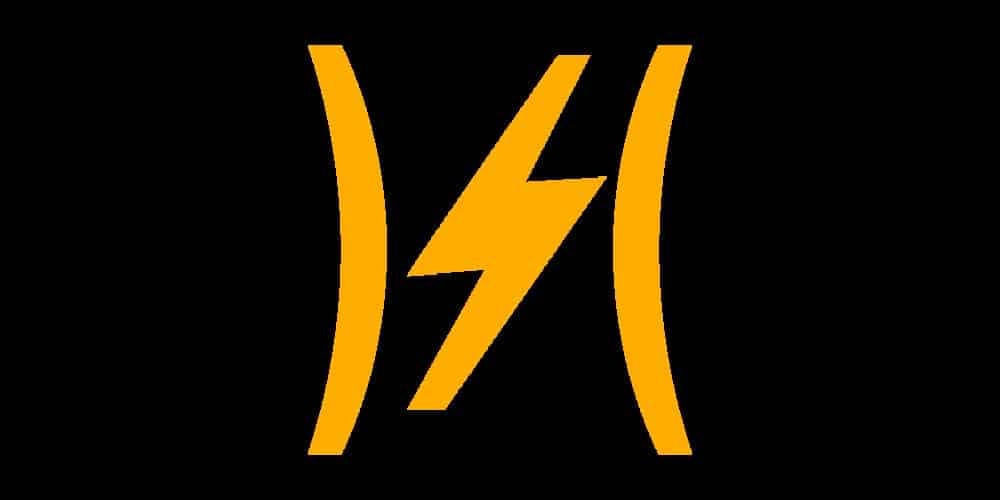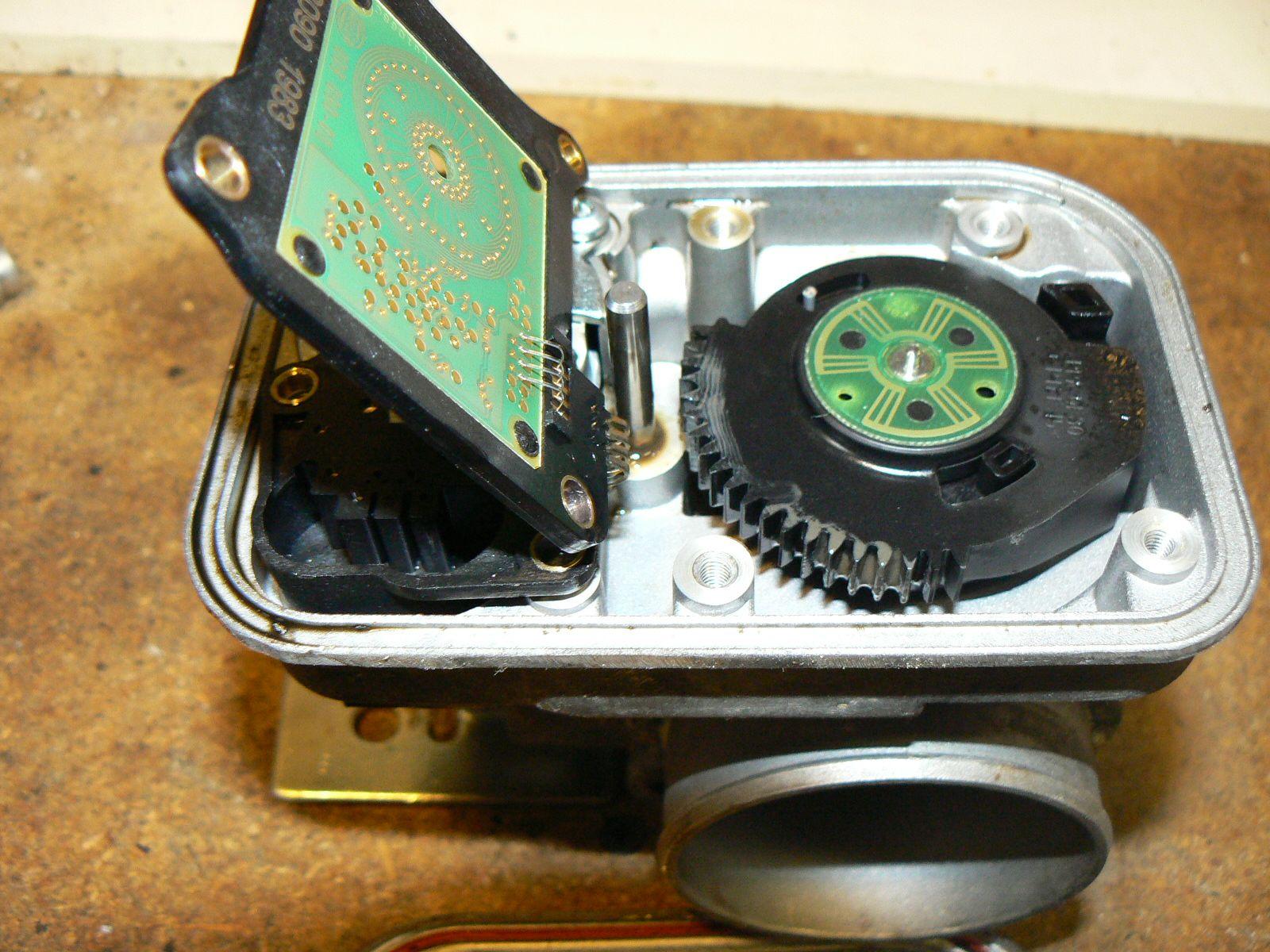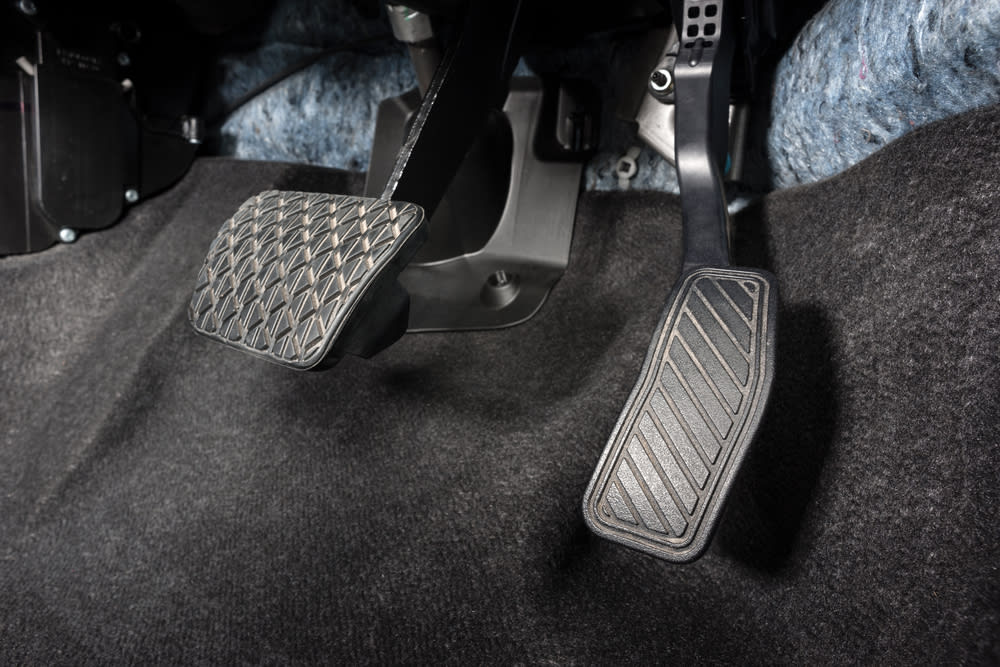Electronic Throttle Control Light| Fixers and Causes
As a car owner, you have a plethora of warning lights embedded into your dashboard that provide you with an inside view into the health of your vehicle. There are a plethora of warning lights that work together to tell you exactly what is going on under the hood of your automobile and what it requires, ranging from check engine lights to maintenance lights to low windshield washer fluid signals.
However, not all of these lights are as easy to disassemble as a low windshield washer fluid light. The throttle control warning light can be difficult to detect and even more difficult to resolve. Everything you need to know about a throttle control warning light, including what it signifies for your vehicle, is right here.
What Does The Electronic Throttle Control Light (ETC) Mean?
The electronic throttle control (ETC) light indicates that the throttle system is malfunctioning. The throttle system consists of the throttle body, the accelerator pedal, and the wiring. The electronic throttle control system regulates and monitors the throttle position.
While older automobiles used a cable connected directly to the throttle body, most newer vehicles achieve this feat using sensors and your vehicle’s ECM.
While there are numerous benefits to this, if everything isn’t working properly, you won’t be able to accelerate as quickly as you should.
Read Also: Check Engine Light Flashing| Everything You Want to Know About Engine
Electronic Throttle Control Light Function

Your electronic throttle control light keeps an eye on the throttle control system to ensure that everything is working properly. When it isn’t, the light illuminates to alert you that there is a problem.
The electronic throttle control light should only appear when you power on your car. At this stage, your car is performing a system check, and the light should switch off when everything is in order. If, however, the light remains on, you have an underlying issue that must be addressed.
Connecting an OBD2 reader is the simplest approach to limit down where you need to search. While these tools cannot tell you what the problem is with 100% confidence, they can provide a solid starting point for your search.
Modes of Electronic Throttle Control Light
There are some modes of ETC
- A ‘normal’ mode will suit most driving scenarios and provide the best fuel economy.
- A’sport’ setting could change the ETC throttle position profile, resulting in a faster throttle response during acceleration.
- A ‘track’ mode could be the next stage. This would be done to improve performance even further.
Changes to valve and ignition timing profiles would also be included in these additional modes. Of course, choosing a performance setting reduces fuel economy but has no effect on emissions. Most car aficionados will appreciate the flexibility to drive in multiple modes. The ETC, no matter how intelligent it is, can fail. The throttle control warning light (TCL) illuminates at this point.
What is a Throttle Control Warning Light?
The throttle control warning light is situated on the instrument panel of your vehicle. When the electronic throttle control’s performance is reduced, this indicator will glow.
This light, like the check engine light (CEL), traction control light, or other warning lights, indicates the presence of a problem that may necessitate corrective action. For more information, consult the owner’s manual for your vehicle.
When the TCL continues to light or flash, the Onboard Diagnostic System (OBD2) has assigned one or more fault codes. You or your service technician can use a diagnostic tool to show these codes and utilize them to locate the fault(s) with your car’s fuel-air supply and related systems.
What Does the Electronic Throttle Control Light Look Like?

The electronic throttle control warning light indicates that something is wrong with your vehicle’s ETC system.
The ETC system has its own warning light in vehicles. It looks like a lightning bolt with reversed parentheses on both sides. If the ETC system fails in other vehicles, such as Ford, the wrench light will illuminate.
What Does the Electronic Throttle Control Light Indicate?
The electronic throttle control warning light indicates that something is wrong with your vehicle’s ETC system. The throttle mechanism converts the accelerator pedal inputs into engine power.
When you push the gas pedal, the throttle opens and a mixture of air and gasoline is sent to the engine. As a result, if the throttle fails, the engine may receive an uneven air and fuel mixture.
Furthermore, keep in mind that not all vehicles have the throttle control warning light. You can check the user manual for your individual automobile model to see if it includes the throttle control light.
If it has, the handbook will describe its appearance and location. Popular vehicles/brands that offer this feature include the latest Jeep, Chrysler, and Dodge models.
The benefits of electronic throttle control
Your electronic throttle control is a sophisticated electrical technology that provides many advantages to modern drivers:
- With fewer moving parts, there is less wear and maintenance required.
- Your vehicle is simpler to use.
- enhanced drivability
- Cruise control that is extremely precise
- With stability control, you’re safer.
- Lowering emissions means cleaner air.
- improved fuel economy
Is it worth repairing your electronic throttle control?
If your electronic throttle control system needs to be fixed and your automobile is otherwise in good working order, it is well worth fixing. This is due to the fact that you cannot drive your automobile properly if you do not have control of the throttle.
However, if your car is really old, has a lot of miles on it, is not particularly reliable, and the expense of repairing your electronic throttle control system is prohibitively expensive, you must make a decision.
Keep your car in top-performing condition!
Even if you can drive your car with a throttle control warning light on the dash, your car is indicating that something is wrong, and in order for your car to run as well as it possibly can, it is critical to have all warning lights checked out before catastrophic engine damage occurs.
What Causes An Electronic Throttle Control Light To Come On?

A faulty throttle control sensor or a faulty throttle accelerator pedal position sensor are the most prevalent reasons of an electronic throttle control light. However, while these are the most prevalent reasons of an electronic throttle light, they are not the only possibilities.
We’ve gone over the three most prevalent issues in detail below.
-
Faulty Throttle Control Sensor

The fact that your vehicle’s ECM directs the throttle to open a certain degree does not imply that the ECM believes it will. It actually relies on the throttle control sensor to determine how far the throttle has been opened and adjusts the fuel-to-air ratio accordingly.
As any skilled mechanic would tell you, you must trust but verify. By listening to the throttle control sensor, your ECM is doing exactly that. So, if everything doesn’t return as expected, it will flash an electronic throttle control light to let you know what’s up.
The sensor in certain throttle bodies is not changeable, and you may have to replace the entire throttle body, which can be rather expensive.
-
Stuck Throttle Body

Whether the physical throttle body is jammed, it doesn’t matter whether everything on the electric side of the home is working properly. The throttle body can become stuck for a variety of causes, one of which is carbon build-up.
Examine your throttle body to ensure that it opens and closes easily. If it doesn’t, try removing any obstructions and cleaning it with a high-quality carb cleaner. If it doesn’t work, the throttle body may need to be replaced.
-
Faulty Accelerator Pedal Position Sensor
The accelerator pedal position sensor is one of several components in your electronic throttle control system. This sensor connects with your vehicle’s ECM to inform it of your desired speed.
The ECM then tells the throttle how far to open or close. However, if the ECM is unable to obtain an accurate reading from the pedal owing to a defective sensor, you will never achieve the desired acceleration. If the computer detects a problem with the sensor, an electronic throttle control light will illuminate.
What is Damaged Throttle Body?

Even if the throttle body is not jammed, the warning light will illuminate even if the electronic throttle parts are working properly. Carbon buildup is the most prevalent cause of a locked throttle body.
Solution: Inspect the throttle body to confirm that it can close and open. If you find any clogs, you’ll need to clean it with the proper carb cleaner. If it still does not work after cleaning, the throttle body must be replaced.
Symptoms of an Electronic Throttle Control Problem
Any of the foregoing faults can have a negative impact on engine operation. Any of the following disturbing behaviors may be exhibited during an adverse operation:
- The engine is stalling.
- Misfiring of the engine
- Idling that is rough or bumpy
- inability to accelerate smoothly
- Inability to keep a consistent speed
- decreased cruising speed
- The car will reach a certain speed but will not be able to go any faster.
- This could happen if the ECU determines that greater speeds will harm the engine or related systems. This is known as limp mode.
- The engine will either not start or may start slowly.
- Significant reduction in fuel economy
- smokey black exhaust
Conclusion
When the throttle control light illuminates, it indicates a problem with the throttle control system, which includes the accelerator pedal, throttle body, and all the parts in between. While it may appear that modern vehicles are becoming more complicated, these complicated features have significant benefits. Not only do you get better fuel economy, but you also get a more powerful and responsive engine.
So, while you may be blaming the electronic throttle control light right now, you’ll be grateful you have it once everything is back to normal. And, contrary to what the crusty mechanic at the shop may tell you, the old linkage systems used to malfunction from time to time.
FAQ’s
Q. Is there a fuse for the electronic throttle control?
In the majority of current cars, there is no fuse for the electronic throttle control, but there is a fuse for the engine control module. Because the engine control module controls the electronic throttle control, if that fuse blows, the electronic throttle control will no longer function.
Q. Why is my ETC light blinking?
If your electronic throttle control warning light is blinking, it means you have a persistent problem that requires immediate attention. As quickly as possible, take your vehicle to a mechanic shop or diagnose it yourself.
Q. How much does it cost to fix the ETC light?
The cost of repairing the ETC light will be determined by the underlying cause of the light’s illumination. If the problem is minor, such as a filthy throttle body, it may just cost a few dollars to repair. A more significant problem, such as a faulty throttle body or throttle body sensor, might cost between $100 and $800 to repair.
Q. How do I reset my ETC light?
An OBD2 scanner is required to reset the ETC light. However, in most circumstances, deleting the fault code memory will not simply reset the ETC light. You should probably address the issue that prompted the warning light in the first place.

